PRODUCTS







Software

Overview
Explore our range of motion capture software solutions.
CORTEX
Advanced yet intutive. This motion capture solution is ideal for scientific and healthcare environments.
RIG SOLVER
The skeleton solver and data clean-up tools from Cortex, in a stand-alone module
BASIX© GO
Our lightweight mocap solution is ideal for animation and character design.

Integrations
Our tech is widely integrated with equipment from world-leading hardware and software partners.
Hardware
Packages

Basix "Lite" mocap KIT
12 cameras, 6 markers. Setup in under a minute. This system of hardware and software is ideal for quick mocap.

Vespa drone tracking kit
This is our ready-to-use drone tracking kit. It includes Cortex, 2 Firefly active marker kits, and 12 Lhotse cameras.

Custom setup
Not sure what you need? Our team can help you work it out.
APPLICATION

ANIMAL STUDIES
Movement tracking and analysis solutions for animals

Animation & game development
Flexible mocap to suit your needs (and budget)
Clinical Evaluation
Clinical gait and movement analysis

Research
Accurate tracking solutions for even the most subtle movements

Rigid object & robotic tracking
Robot, drones and other rigid object tracking
Sports Performance
Full body analysis to enhance sports performance

Studio Camera Tracking
The ultimate studio camera tracking solution for broadcast

VR Gaming & Training
Create immersive, real-time 3D virtual reality environments
RESOURCES
PRICING
Support
Events
ABOUT
OUR STORY
For over 40 years we have been working hard to deliver accurate, robust and innovative mocap. Read our story.

INTEGRATIONS
Our technology integrates with an array of leading software and hardware. Explore them here.
DISTRIBUTORS
We have partnerships with distributors around the globe. Find a local reseller here, or apply to become one.






